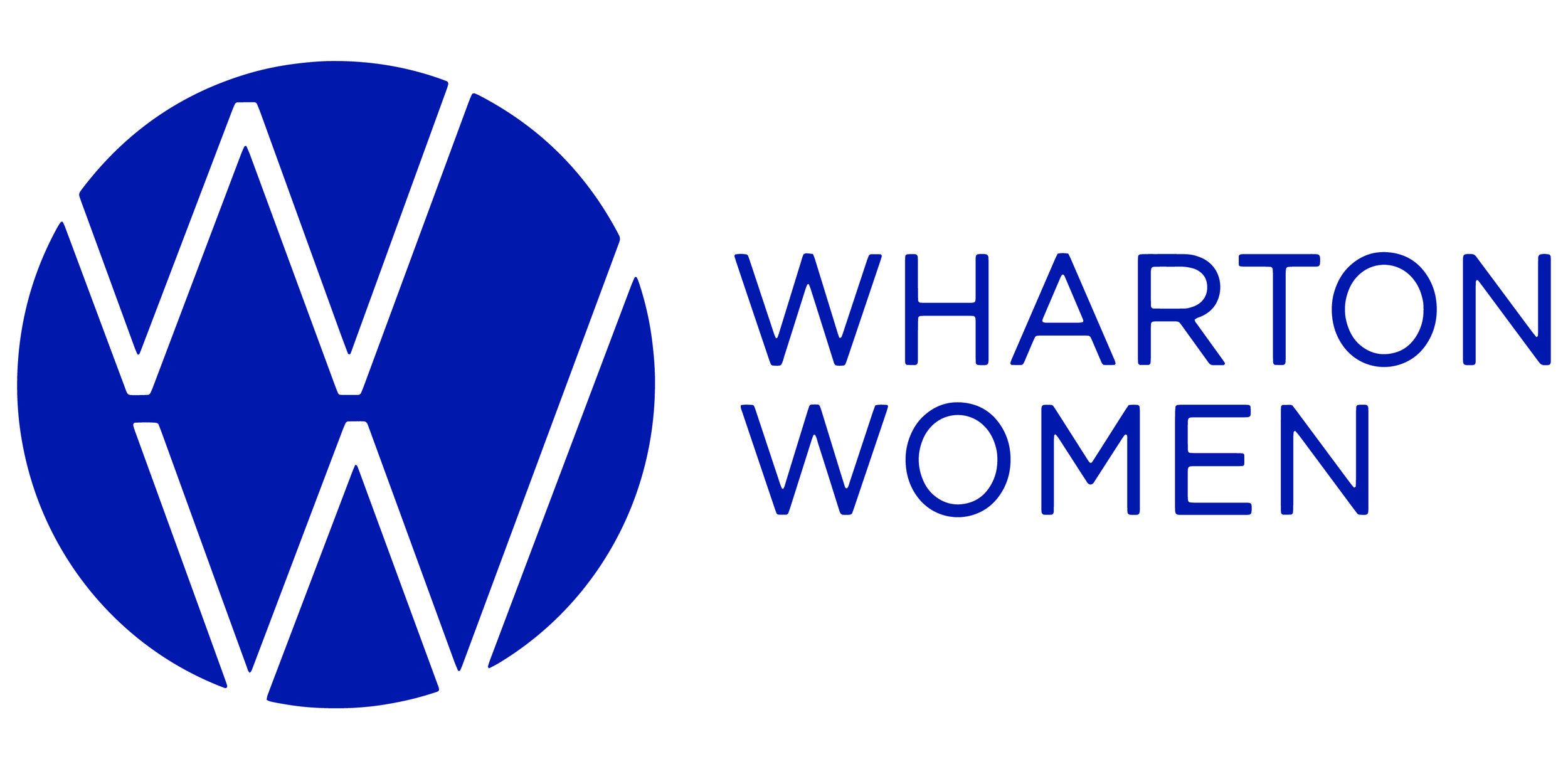Beyond Price Tags and Prestige: Decoding the Economics of Luxury Fashion
Written by Nina Rawal (’27); Edited by Elli Jin (C’27)
From the catwalks of Paris to the storefronts of Fifth Avenue, the extravagant world of luxury fashion is renowned and revered. Whether it be Chanel, Louis Vuitton, or Dior, consumers worldwide buy from these esteemed brands. However, the world of luxury fashion is more than merely glamour and style — it’s a finely tuned economic ecosystem that drives each brand’s allure, exclusivity, and profitability. With each piece of clothing or designer bag comes a complex web of supply chains, consumer psychology, and market dynamics that drive the multi-billion-dollar luxury fashion industry forward. So, what specific techniques do these companies employ to boost sales?
When shopping for luxury products, brand name is everything. Most people gravitate towards boutiques with a prestigious, renowned name, like Gucci or Chanel. Luxury brands invest heavily in the maintenance of their brand name through innovative designs and strategic marketing. With this often comes the incorporation of premium prices as well as the development of a loyal clientele base, due to the esteemed status associated with these brands.
Luxury fashion is more than simply owning expensive items. For many, it’s also about showcasing them as symbols of success, taste, and sophistication. Whether it’s an iconic Birkin bag or a classic pair of red-soled shoes, luxury fashion brands are a way for consumers to visually communicate their social status to the world. Therefore, the allure of owning such products heightens, driving sales up and reinforcing brand exclusivity.
Every luxury fashion boutique has the ambiance of exclusivity. Each luxury brand carefully controls their production, ensuring that limited quantities of each product exist to evoke a sense of rarity. For example, Hermés guarantees that only a small amount of Birkin bags are made at a time, amplifying the feel of exclusivity. This enhances the desirability of the products while also justifying the premium price. It's a classic case of supply and demand, where limited supply drives up demand and, subsequently, prices.
Immediately as you step into a luxury fashion boutique, an aura of exclusivity permeates the air. This is known as the velvet rope effect. Each customer that walks through the door is given the VIP treatment, or a “velvet rope,” further cultivating a mutually beneficial relationship between the store and the consumer, increasing the customer’s lifetime value.
In conclusion, the economics of luxury fashion are far more complex than what meets the eye. From the intricacies of supply and demand to the psychology of pricing and branding, luxury fashion operates at the intersection of commerce and culture, shaping not only our wardrobes but also our perceptions of wealth, status, and identity. So the next time you admire a luxury fashion piece, remember – it's not just a garment; it's a masterpiece of economics and artistry.
